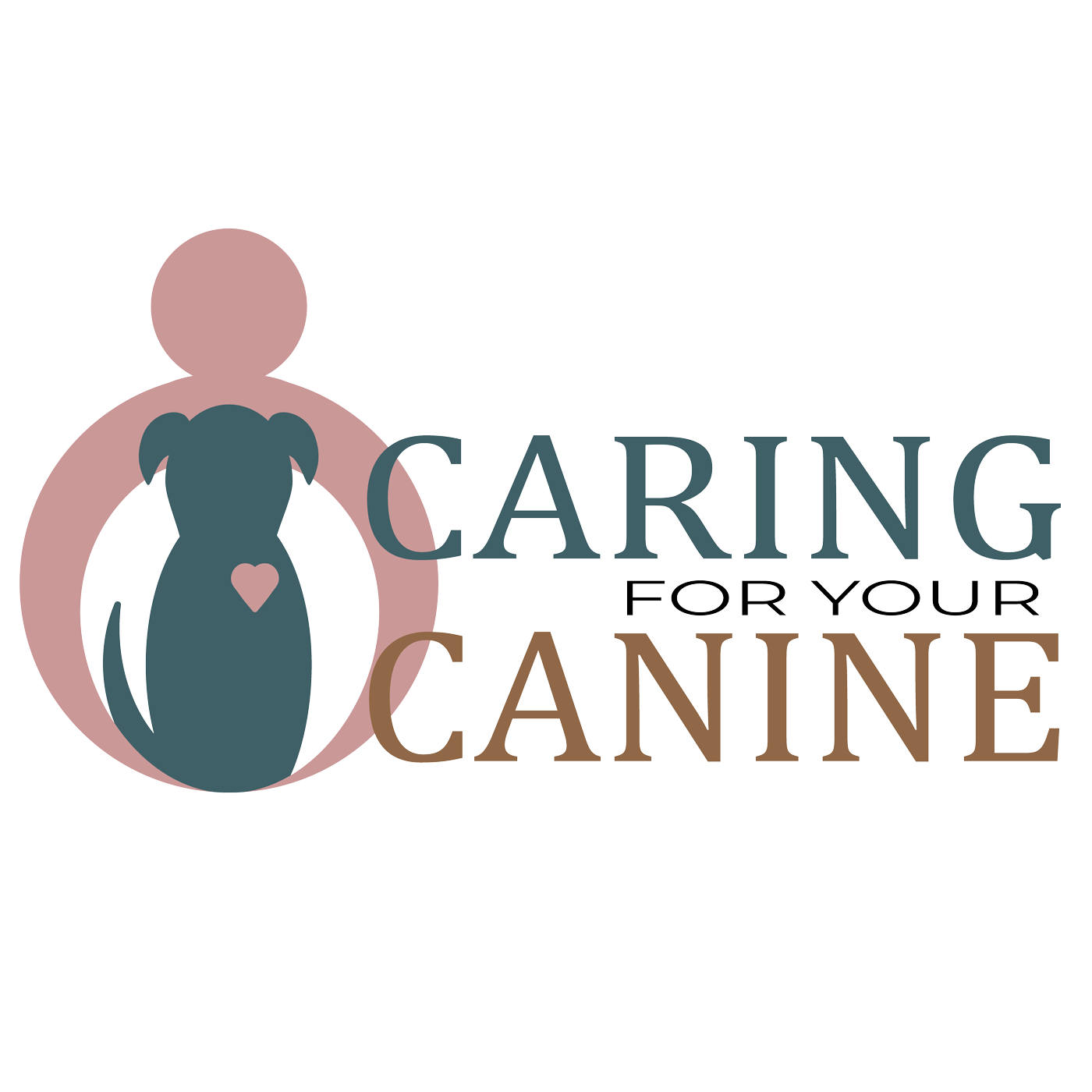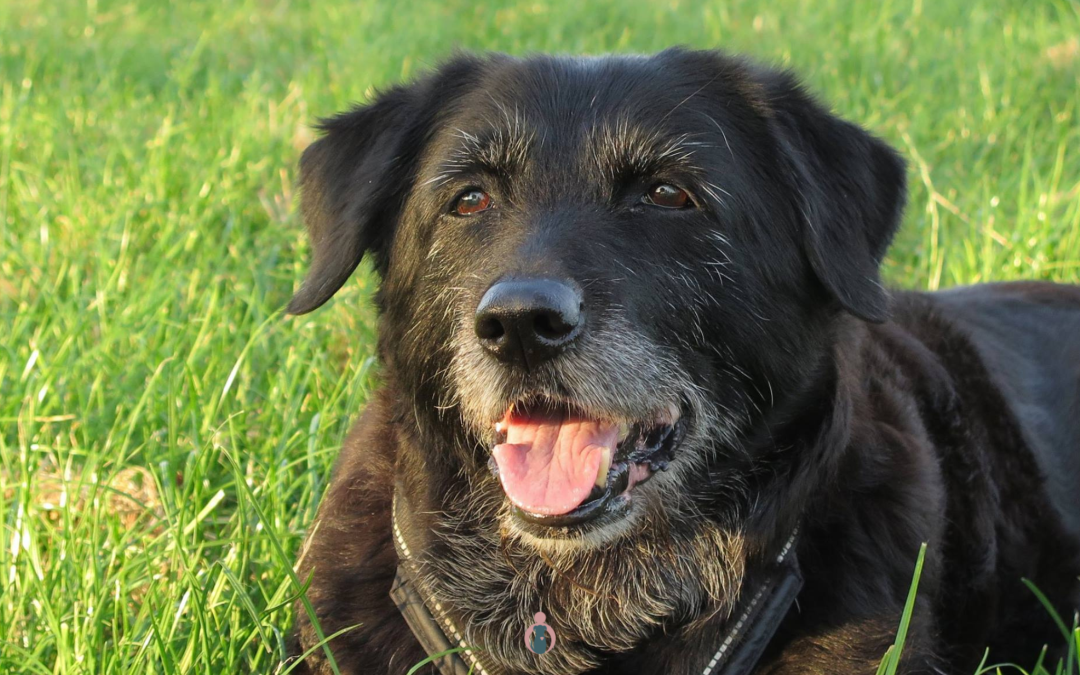Here in The Netherlands, February marks the “Month of the Mouth” – a time when veterinarians across the country put extra focus on raising awareness about pet dental health. This annual initiative reminds us that our pets’ oral care deserves year-round attention, especially for our senior dogs. Because if your dog had a toothache, do you think you would know? Probably not, unless it is quite severe. Dogs are incredibly good at hiding discomfort, and many continue eating, playing, and wagging their tails even when their mouths are in pain. But dental problems don’t just cause discomfort—they can have serious consequences for your dog’s overall health, especially as they age.
Good dental care is about more than fresh breath. It’s a key part of keeping your senior dog happy and healthy. So why does dental care matter so much? Let’s look at the signs that something might be wrong, and how you can help prevent problems before they start.
Bad breath: a sign to pay attention to
Most dogs don’t have minty-fresh breath, but a healthy dog mouth should actually smell pretty neutral. If your dog’s breath is unpleasant, and certainly if it suddenly becomes extra smelly, it’s worth paying attention. A strong, unpleasant odor can be a sign of dental disease, even if your dog is still eating normally. While many pet owners dismiss bad breath as just a normal “dog thing,” it’s often one of the earliest warning signs that something isn’t right.
Bad breath is usually caused by bacteria in the mouth. As plaque builds up, bacteria multiply, leading to gum inflammation and infections. If left untreated, this can cause pain, tooth loss, and even affect other organs in the body. When you notice your dog’s breath has taken a turn for the worse, it’s important to schedule a vet check-up to rule out dental disease or other health concerns. Other signs to watch for are changes in your dog’s behavior—excessive drooling, difficulty eating, or pawing at the mouth are all signs that warrant a dental check-up.
Understanding plaque and tartar formation
Plaque is an invisible, sticky film that forms on teeth every day. This is a normal part of life, and of eating. We also have it – it’s why we brush our teeth twice daily. But if it’s not removed, it hardens into tartar—a yellow or brown buildup that traps bacteria and leads to gum disease. We often don’t notice dental problems until we see tartar, but the damage starts long before that visible stage.
Multiple factors influence plaque and tartar formation. Genetics plays a significant role, affecting both tooth alignment and saliva composition. The amount of space teeth have in the mouth is another important factor—this is why smaller dogs often develop tartar more easily than larger dogs, as their teeth tend to be more crowded. The type of food a dog eats isn’t as important as many people think. What matters more is how the dog eats: chewing kibble can help prevent plaque buildup, but gulping food whole negates any potential benefit.
Fresh food isn’t typically chewed either, so it doesn’t provide the mechanical action needed to help clear plaque. But even though fresh food, or fresh additions to the diet, cannot directly prevent plaque, it can help keep the immune system as strong as possible, which in turn supports the body in overcoming potential infections.
The vulnerable nature of dog teeth
Dog tooth enamel is significantly thinner than human tooth enamel, making it more susceptible to wear and damage. This vulnerability means we need to be careful about what we let our dogs chew on. A common hazard many people don’t know about is tennis balls. The outer, fuzzy layer of the tennis ball is quite hard on the teeth and the enamel. Even those marketed specifically for dogs can become problematic when they get dirty. The outer layer can collect sand and grit, effectively turning the ball into sandpaper that gradually wears down tooth enamel, especially when dogs use them as chew toys.
Safe chewing: what works and what doesn’t
The most effective and safest chew snacks are those that soften quickly as the dog chews them, such as dehydrated meats and dehydrated skin. Studies confirm that appropriate chewing can help decrease plaque formation. However, the key word here is “appropriate.” Raw bones and harder chews like deer antlers require are not the most effective, especially if your dog isn’t accustomed to them.
And a word of warning here: if you notice tartar buildup on your dog’s teeth, resist the urge to immediately offer hard chews like bones or antlers. While we wish to get on top of the problem quickly, this could cause substantial damage to already weakened teeth. Broken teeth or slabs breaking off are a serious risk in this situation. And we might not even notice a tooth fracture if it’s hidden underneath a layer of tartar! Instead, this is the time to consult your veterinarian about professional cleaning.
Gingivitis and beyond: the progressive nature of dental disease
Gingivitis— the official word for gum inflammation—can be easy to overlook, but it’s one of the earliest signs of dental disease. Even if your dog seems fine, inflamed gums can be tender and painful. Regular examination of your dog’s gums can help you spot problems early. Look for redness, swelling, or bleeding—these are important warning signs of trouble.
When gingivitis progresses, the gums start to recede, creating pockets where bacteria thrive. This can lead to periodontal disease, which affects not only the teeth but also the bones that support them.
The whole-body impact of dental health
Dental disease isn’t just about teeth and gums—it’s a whole-body health issue. Bacteria from mouth infections can enter the bloodstream, creating systemic problems that affect multiple organs. This connection between oral health and overall health is well-documented, with dental infections known to increase the risk of heart disease, kidney disease, and liver problems.
This systemic effect makes dental care particularly important for senior dogs, whose immune systems may not be able to fight off infections as effectively as they once did. Regular dental care becomes even more critical in their later years, when the cumulative effects of poor dental hygiene can compound other age-related health issues.
“But I don’t want my dog to undergo anesthesia!”
Believe me, I get it. Many people feel anxious about their dogs undergoing anesthesia for dental cleaning, especially when their pets are older. This concern is quite understandable, but shouldn’t prevent necessary dental care. Modern veterinary medicine has numerous tools and protocols that make anesthesia safe, even for senior dogs.
When weighing the risks, consider this: while anesthesia carries some risk, the alternative—allowing your dog to live with chronic mouth pain and ongoing infection—poses far greater dangers to their health and quality of life. The inflammation and infection from untreated dental disease can lead to serious health problems affecting the heart, kidneys, and liver. These days, veterinarians can conduct pre-anesthetic screenings and tailor the anesthesia protocol to your dog’s specific needs, making the procedure as safe as possible. Talk to your vet about your concerns, and you will find most of them quite understanding and sympathetic.
Effective home dental care: a step-by-step approach
The most effective way to remove plaque is through regular, preferably daily, brushing. It’s the mechanical action of brushing itself that does the work—toothpaste isn’t strictly necessary. However, if you do use toothpaste, make sure it’s specifically formulated for dogs. Human toothpaste often contains chemicals that dogs can’t tolerate, and unlike humans who rinse and spit, dogs swallow everything.
Studies show that dogs generally chew with their back teeth, not their front teeth. As a result, plaque and tartar buildup often shows up first on the canines. Interestingly, plaque tends to accumulate primarily on the outside of the teeth. This is actually good news for home dental care, as it means we can focus our brushing efforts on the outer surfaces without having to pry our dog’s mouth wide open to reach the inside—an action that would likely meet with considerable resistance.
Building a positive association: Pavlov on your shoulder
Starting dental care early is ideal, but it’s never too late to begin. Teaching your dog to accept tooth brushing requires patience and consistency. In a previous blog, we discussed the concept of “keeping Pavlov on your shoulder”—creating positive associations through careful, patient training. This principle is especially important when introducing dental care.
The process can take several months, and that’s perfectly normal. Start with simply lifting a lip or just touching your dog’s mouth area, using your finger to help them get used to having their mouth handled. Once they’re comfortable with this, you might progress to using a cloth or finger brush, which allows you to better feel what you’re doing. Don’t try to brush the entire mouth at first—starting with just one canine tooth is plenty. Patience in these first stages will have a big payoff later!
Ultimately, not every dog will learn to accept brushing. Sometimes there is so much fear and resistance that getting to the point of acceptance is not possible. However, I do encourage you to keep trying. I have seen at least one case in which it took more than a year to get the dog comfortable with having the mouth handled, but with endless patience the owner did succeed in the end. So sometimes keeping at it in tiny baby steps pays off.
However, in the meantime, appropriate chew snacks become especially important, and regular professional cleaning may be necessary. Do not wait to start your tooth cleaning routine after a dental cleaning though. As the process of getting used to regular brushing may well take several months, it’s wise to start before the dental at the vet is done. That way you have a head start to a maintenance routine once the teeth are professionally cleaned.
Conclusion
While dental disease is common in senior dogs, it doesn’t have to be an inevitable part of aging. By staying proactive, recognizing early signs of trouble, and making dental care part of your daily routine, you can help your dog stay comfortable and healthy well into their golden years.
As we observe the Month of the Mouth this February, let it serve as a reminder that dental care is a year-round commitment. A little effort every day can make a big difference in your dog’s quality of life. And that’s something to smile about! 😊
Want to learn more about superfoods you can add to your dog’s diet for a stronger immune system? I’ve written an e-book about it.
Click here to read more!


 Want to receive 5 tips for your senior dog in advance?
Want to receive 5 tips for your senior dog in advance?